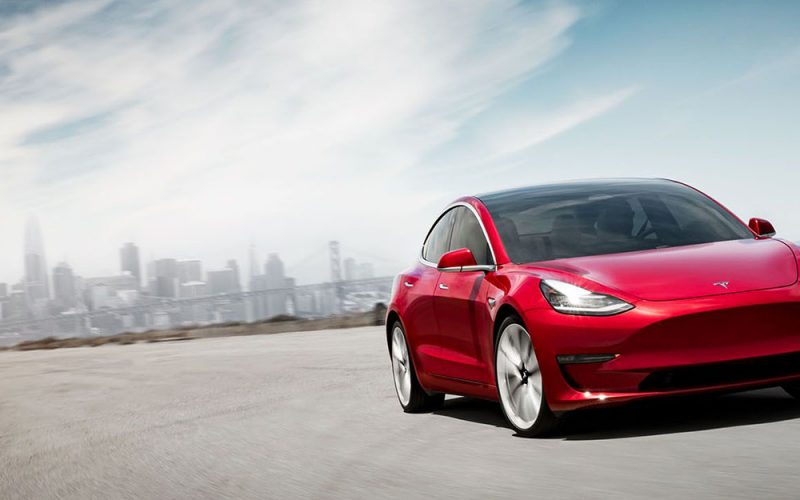
Reading Time: 4 minutesCar sales have been slip-sliding away when compared to crossover SUV deliveries lately, with BMW selling
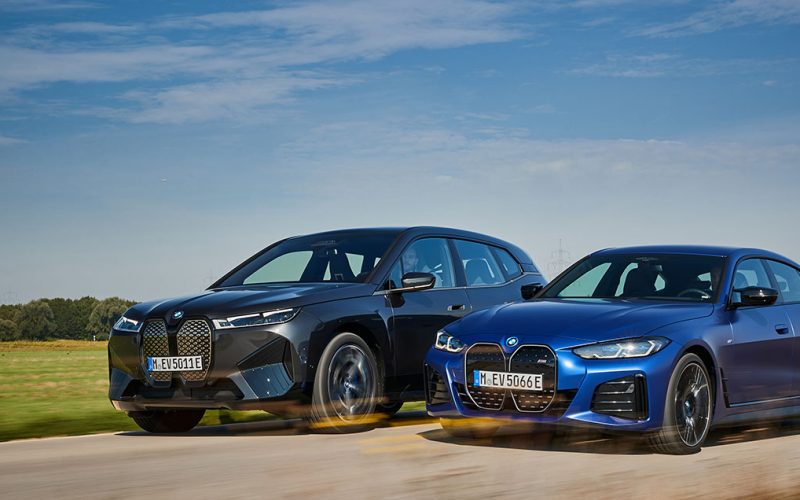
Reading Time: 5 minutesWith a focus on having 25 electrified models in its lineup as early as next year,
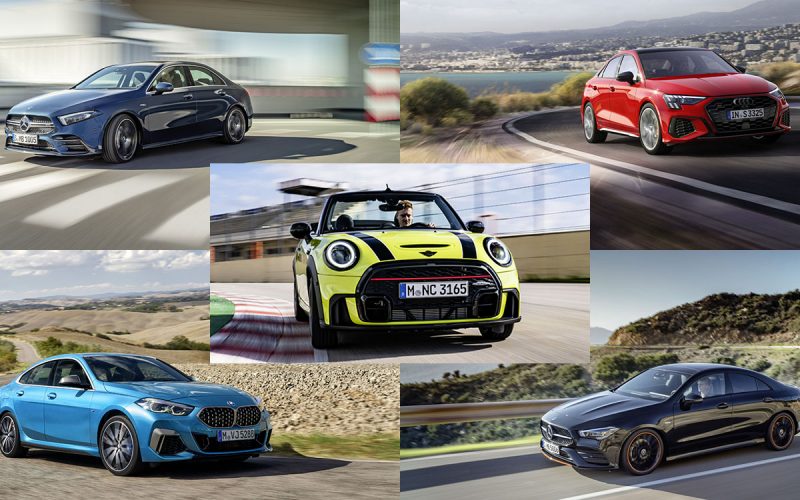
Reading Time: 22 minutesSmall luxury sedans and hatchbacks aren’t selling as well as they once did, but some brands
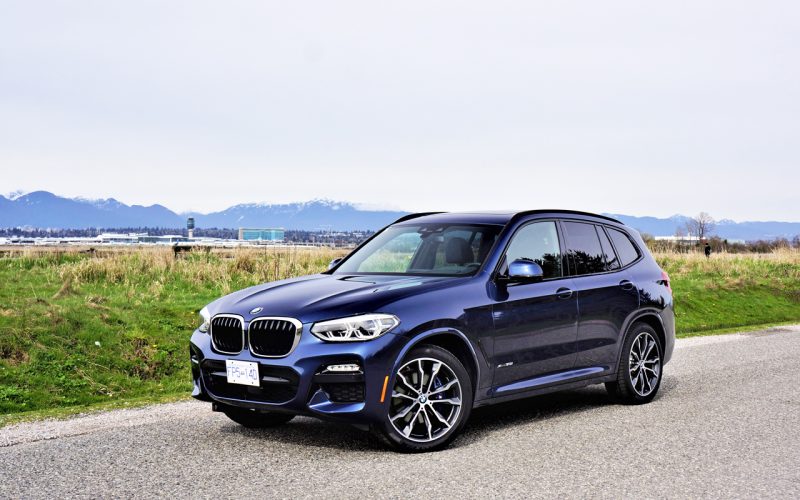
Reading Time: 10 minutesThere’s nothing better than driving a model’s base trim if you want to find out how
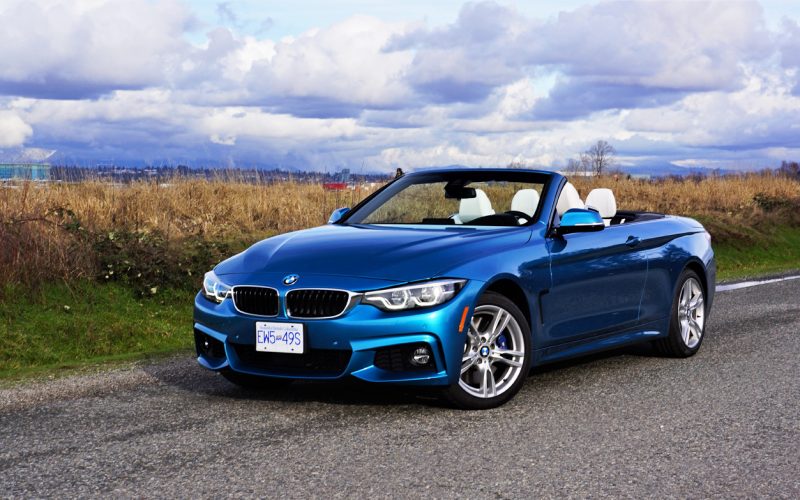
Reading Time: 10 minutesAfter doing an exhaustive preview of the 2021 G80 M3 Sedan and G82 M4 Coupe that
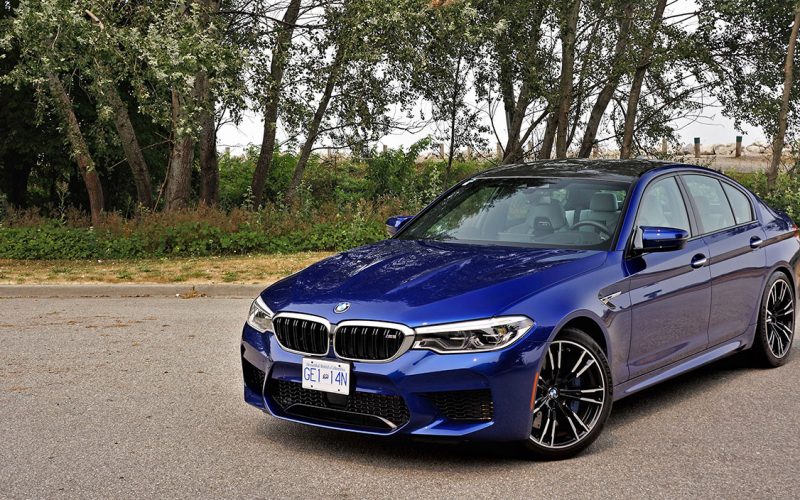
Reading Time: 9 minutesHave you ever wanted something so badly that you fell asleep at night thinking about it
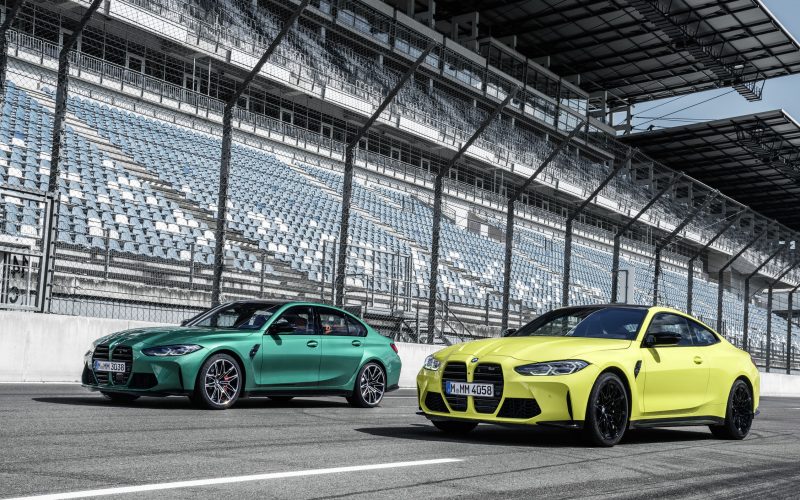
Reading Time: 9 minutesJust when we thought 2020 couldn’t get any stranger, BMW created a twitterstorm of its own
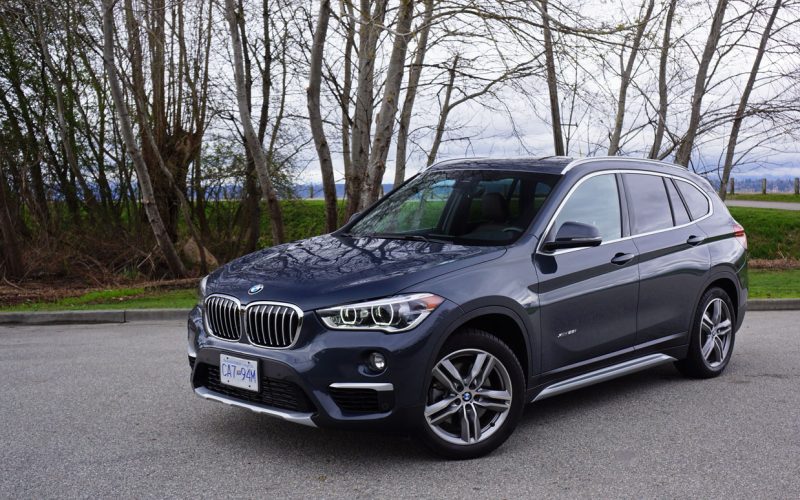
Reading Time: 11 minutesBMW’s X1 was the very first subcompact luxury crossover SUV ever produced, having arrived on the
© 2025 The Car Magazine. All Rights Reserved, Privacy Policy | Terms of Use